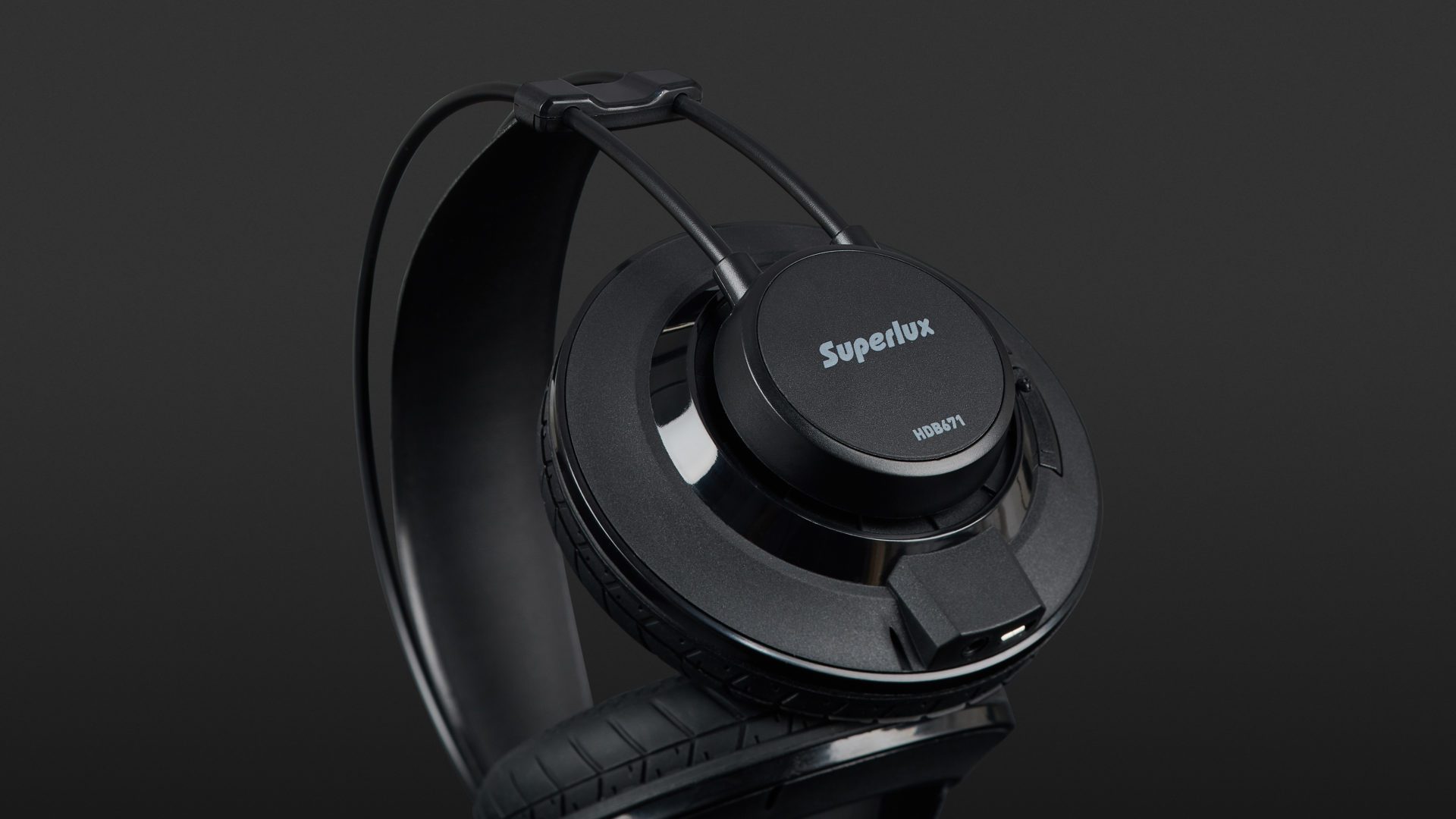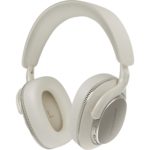In my opinion, the addition of wireless functionality of the Superlux HDB671 is only really a benefit in regards to everyday listening, when you compare it to the wired version of this device. When it comes to wireless monitoring, the sound of these Superflux headphones is simply too unbalanced, with an overemphasis in the upper midrange, as well as the treble. When you connect the headphones via cable for monitoring tasks, sound suddenly takes on much more refined character. This is also true of the wired HD671 model from Superlux. All in all, if you want an affordable pair of monitoring headphones with fine audio resolution, with the added perk of wireless connectivity for listening on the go, the Superlux HDB671 is well worth considering.
With the release of the Superlux HDB671 Wireless, a low-cost take on closed-back monitoring headphones is ready for review.

This wireless upgrade of the HD671 is enhanced with Bluetooth technology, which gives this model an edge when it comes to price/performance ratio. We’re certainly excited to see if these monitoring headphones can deliver when it comes to superior sound output. It has to be said that Superlux has again been liberal with its imitation of AKG aesthetics, but when the result looks this good, it’s hard to complain.
Design and Technical Specs
The design of the HDB671 is identical to that of the HD671, except for a few minor details.
The most striking feature here is the attachment you’ll notice at the lower end of the left earpiece. Here, you’ll find a micro-USB charging socket for the Bluetooth unit itself, plus a mini jack connector serving as an input for the supplied cable. At the same spot on the right earpiece, there’s a discreet indentation that serves as a sound input for the integrated microphone. Just as inconspicuous is the on/off button, here embedded at the left side of the headphone housing. There’s a further two multifunction buttons for overseeing a variety of controlled functions. Above these buttons, you’ll see a small LED screen, recessed discreetly so not to spoil the slick finish of the exterior. The integration of all of these design elements has been executed very successfully. What’s more, it’s a pleasant surprise to find that, despite the inclusion of additional technology, these headphones weigh in at just 14 grams more than the wired predecessor model.
As with many other headphone manufacturers on the market, Superlux doesn’t exactly overload us with information regarding Bluetooth codecs that are supported by this device. In fact, there’s no information on this whatsoever. As such, we’re left to assume that the current standard, SBC, is the default. This is a shame, since SBC offers the lowest audio quality of current codecs in the mix. When it comes to other technical data, there’s a more reliable reference point. We measured sound pressure levels at a maximum of 99.61 dB SPL, with an average impedance of 38.55 Ohm. This means that just like its big brother, the HDB671 delivers sufficient volume, even when connected to low power outputs. It’s therefore an ideal choice for connecting to desktop and laptop devices, tablets and smartphones. What’s more, its audio transmission range of 20 Hz to 20 kHz covers all frequencies you might require for home studio recording and mixing applications..
Features, Processing & Handling,
In addition to a gold-plated 6.35 mm adapter, the mini jack cable included also features gold plating to stave off corrosion. The cable measures in at a length of 1.05 metres. The straight design of the cable means it can be worn under clothing discreetly, making it ideal for use on the go. A USB charging cable and nylon carry bag with drawstring fastening are also included. All in all, the accessories line-up covers all key functions and ensures you’ve everything you need to use and transport your HDB671 headphones without any fuss.
The HDB671 features removable ear pads cushions, making maintenance and care a breeze. Aesthetically, the ear cushions and associated elements of these headphones give off the impression of a car tyre, with the unique look complemented by high levels of wearing comfort. The Superlux headphones have a very comfy fit thanks to medium levels of contact pressure and softer materials, although there’s a dubious odour to the materials you’ll notice after first opening the product. The ear pads also heat up quickly, causing the ears to swear underneath after short spells wearing them. Additionally, they don’t exactly do much in the way of shielding sound, meaning you might cause a distraction to those in the immediate vicinity. Having said all that, you can of course upgrade the base model with optional veluor cushion pad, originally made available for the HD681.
Bluetooth Function & Sound
Connecting to a smartphone or tablet yields no problems whatsoever, with the connection remaining stable and free of any interference. In terms of sound quality, the Superlux HDB671 demonstrates very little difference to the wired alternative previously made available. When connected via Bluetooth, the headphones bring high frequencies and upper midrange frequencies too much to the foreground. At around the 10 kHz frequency range, things sound a little too harsh during wireless transmission. On the other hand, speech intelligibility is particularly good, even with productions that are dense with details. The HDB671 also reproduces bass with plenty of power, while special mention has to be given to the reproduction of deeper bass elements in particular. The headphones are suitable for monitoring EDM and similar genes, with a fine signal resolution that’s comparable with that of its wired sibling.
When using the supplied cable, rather than Bluetooth transmission, the sound of the Superlux HDB671 is altogether more nuanced. The sound is more balanced immediately, with treble and upper mids not suffering from the same drawbacks as experienced in wireless mode. The end result is a sound that’s much more pleasant on the ear.
Areas of Application
Thanks to its cable connection, the Superflux HDB671 makes for an affordable option for those looking for reliable monitoring headphones, as with its wired predecessor. However, the wireless update from this Superflux series is intended more an everyday listening aid for music enjoyment. If you are indeed using it for monitoring applications, bear in mind that it isn’t fit for task in Bluetooth mode. With its user-friendly controls for media playback and call functionality for smartphones, it does however prove itself as a worthwhile wireless companion for music enjoyment and keeping connected on the go.
Technical specifications
- Ear couplingOver-ear
- Typeclosed
- Transducer principledynamic
- Frequency response (headphones)20 - 20.000 Hz
- Impedance33,55 ohms
- Sound pressure level (SPL)99,61 dB
- Pressure averaged from big and small head588,5 g
- Weight with cable253 g
- Weight without cable238 g
- Cable length105 cm
What's in the box
- 6.35 mm stereo jack
- Cable with mini jacks
- USB charging cable
- Carrying pouch
















































